It’s All About the Plants
Tuesday, 4 February 2014—10:00–12:00
Goodman Building Lecture Theatre
by Dr John Conran (Associate Head of School)
School of Earth and Environmental Sciences, The University of Adelaide
The flora surrounding the early Miocene (23 Ma) Foulden Maar palaeolake included a highly diverse Lauraceae-dominated rainforest with macro- and/or microfossils of now extinct species of epiphytic ferns, a wide range of gymnosperms, 10 species of Lauraceae, and numerous other angiosperms typical of present-day New Zealand ecosystems, including diverse monocots. The macrofossils include leaves, flowers, fruits and seeds and in several cases are sufficiently detailed to allow placement onto cladograms with putative modern relatives, improving the phylogenetic significance of the fossils and their utility for dating evolutionary trees (e.g. Fuchsia, Laurelia, Luzuriaga). Comparisons with the ecology of modern relatives to the fossils at the site suggest that the forest included canopy trees, understorey shrubs, epiphytes, mistletoes, ferns, and vines, as well as forest margin pioneers and emergent aquatic macrophytes. The rainforest supported a mixture of wind-, bird- and insect-pollinated species, as well as both animal- and wind-dispersed fruit and seed types.
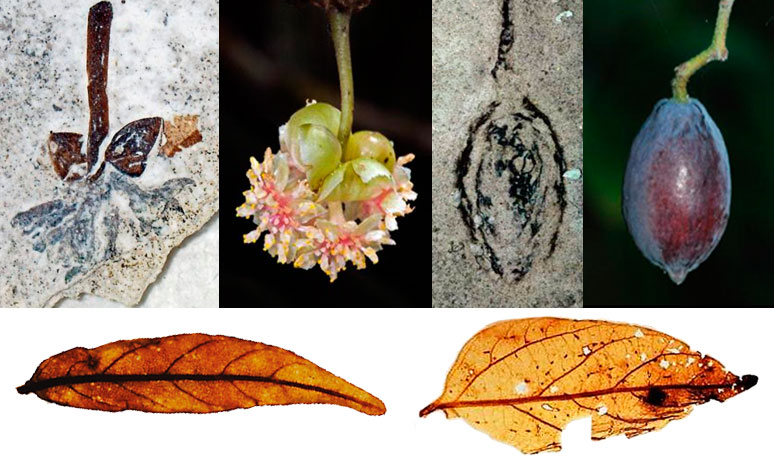
Foulden Flora
The palaeoforest most closely resembled a warm temperate to subtropical notophyll vine forest, but was comprised of what are now Australian, New Zealand, South American and New Caledonian elements. CLAMP (Climate Leaf Analysis Multivariate Programme) analysis of fossil leaf morphology at the site also suggests that SE Queensland rainforests are the nearest living climatic proxy. Apparent differences between the in situ macrofossils and the microfossils can be explained partly in terms of local versus regional scales, as well as variation in the soils and underlying geology surrounding the maar. The possible ecology, climate and habitats at the palaeolake and their implications are discussed in terms of the diversity and uniformity of mid-latitude southern New Zealand at the Oligocene–Miocene boundary.
All Herbarium staff, honoraries, volunteers and students are welcome.
Morning tea provided.
[cite as: Southern New Zealand at the Oligocene–Miocene boundary: floristic and palaeoecological characterisation of Foulden Maar.
John G. Conran1, Daphne E. Lee2, Jennifer M. Bannister3 and Dallas C. Mildenhall4
1ACEBB & SGC, School of Earth & Environmental Sciences DX 650 312, The University of Adelaide, SA 5005 Australia; 2Department of Geology, University of Otago, PO Box 56, Dunedin; 3Department of Botany, University of Otago, PO Box 56, Dunedin; 4GNS Science, PO Box 30368, Lower Hutt]
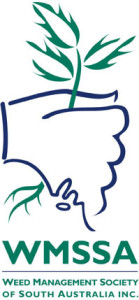 Next week, State Herbarium staff will attend this year’s South Australian Weeds Conference at the Plant Research Centre, Waite Campus, Urrbrae. On 6 & 7 May 2014, weed experts, land managers, botanists and others will discuss the latest developments in the area, and hear of experiences on weeds and weed management from across a range of land uses, from agriculture to conservation, and across a variety of regions in South Australia.
Next week, State Herbarium staff will attend this year’s South Australian Weeds Conference at the Plant Research Centre, Waite Campus, Urrbrae. On 6 & 7 May 2014, weed experts, land managers, botanists and others will discuss the latest developments in the area, and hear of experiences on weeds and weed management from across a range of land uses, from agriculture to conservation, and across a variety of regions in South Australia.
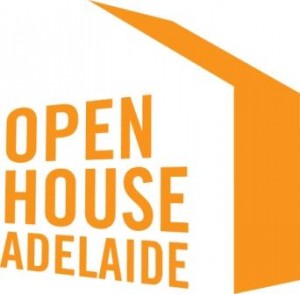

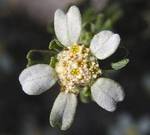
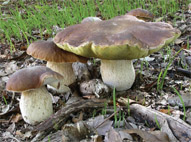
You must be logged in to post a comment.